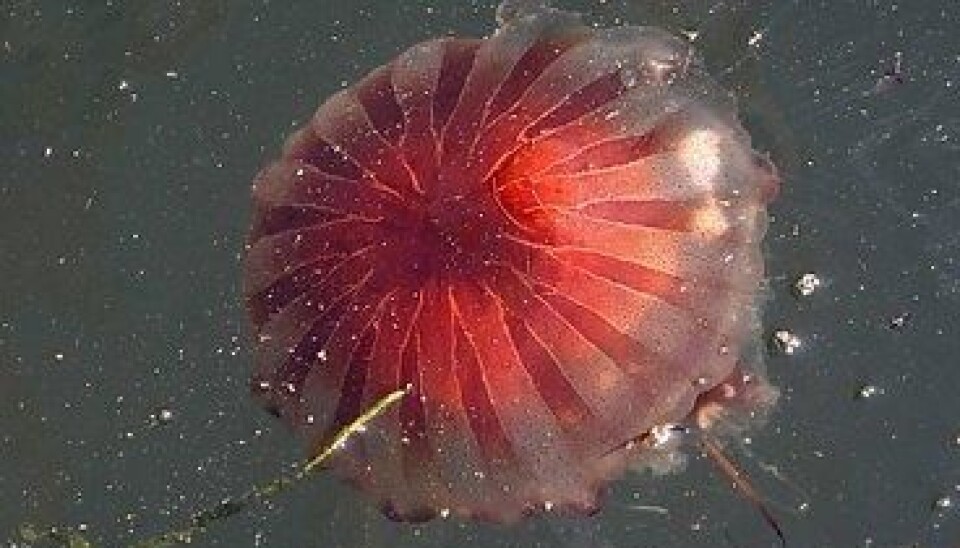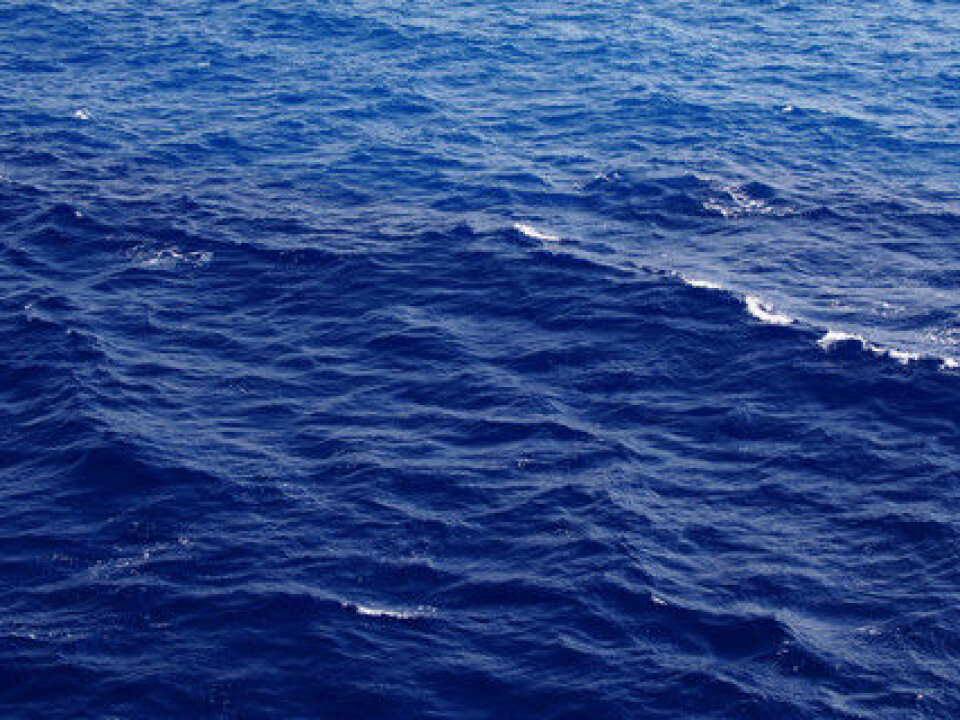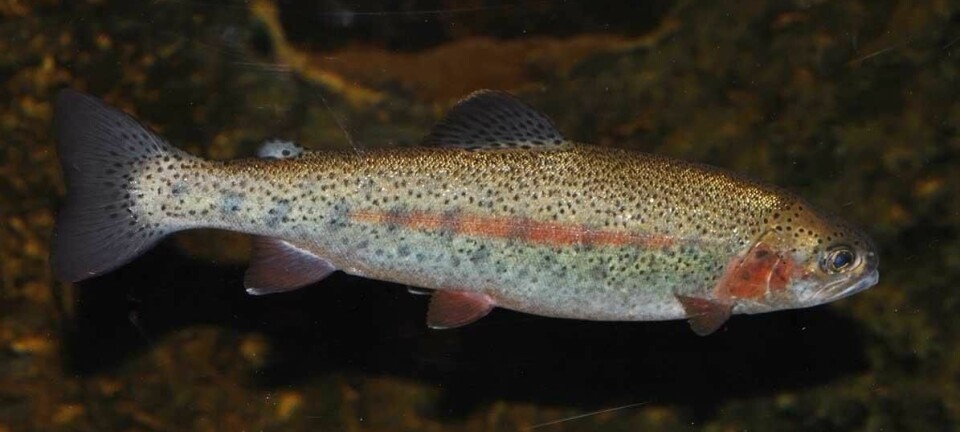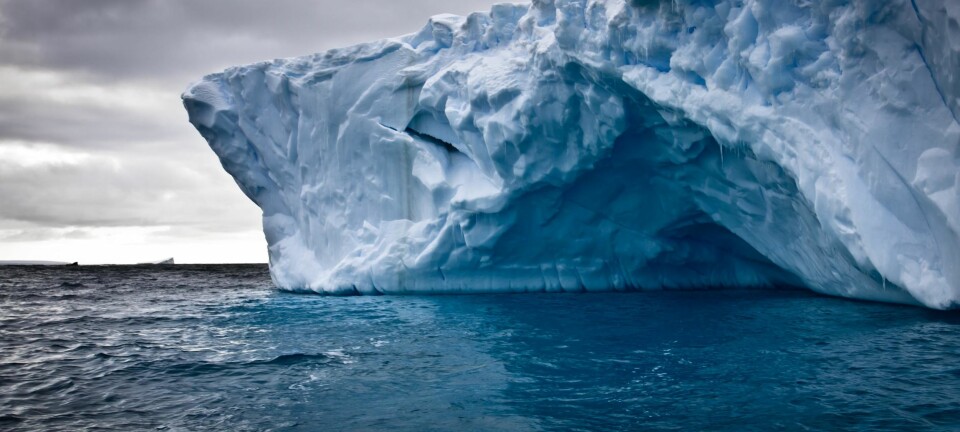This article was produced and financed by The Research Council of Norway

Darkened fjord waters mean fewer fish and more jellyfish
The seawater in the Baltic Sea, the North Sea, and Norway’s coastal waters and fjords is gradually getting darker, which may be caused by overproduction of organic compounds.
Denne artikkelen er over ti år gammel og kan inneholde utdatert informasjon.
Marine biologist Dag L. Aksnes of the University of Bergen has analysed the impacts of the declining optical conditions in Norwegian coastal waters.
The process has likely been taking place over many decades, and there is strong evidence that changes in weather and climate are causing it to accelerate. And it could prove difficult to reverse.
Coloured matter from fresh water causing problems
Fresh water from rivers and lakes flows into the sea, mixing with coastal seawater. “This fresh water contains far more coloured dissolved organic matter (CDOM) than marine water, so our coastal waters are darkening,” explains Aksnes.
For many years, Professor Aksnes and his colleagues have been studying two fjords, Lurefjorden and Masfjorden, in northern Hordaland county on Norway’s western coast.

The fjords are similar and located close to each other, but with one important difference: Masfjorden contains far more seawater than Lurefjorden, which contains lower-salinity coastal water all the way down to its seabed. The study shows that while Masfjorden still has an ecosystem dominated by fish, its darker neighbouring fjord is heavily populated by the jellyfish Periphylla periphylla.
“Periphylla periphylla is a very light-sensitive jellyfish that thrives best in the world’s very deep marine waters,” continues Aksnes. “But the water in Lurefjorden has now become so murky and dark that it probably is helping this jellyfish to thrive. At the same time, the fjord has become less hospitable as a habitat for important fish species.”
Fish cannot see their prey
The reason Lurefjorden no longer has the same fish abundance as Masfjorden is that the visibility conditions have made it more difficult for predatory fish to find their prey.
These conditions do not hinder the sightless jellyfish – tactile predators that drift quite randomly and rely on collisions to find the food they eat.

“The problem is not that the fish in Lurefjorden lack food. On the contrary, the numbers of prey organisms are far higher than in many other fjords. But since the predatory fish see so poorly in murky water, they are quite simply having difficulty finding enough food. So the jellyfish have practically no competition for the abundant prey organisms.”
According to Aksnes, there is a clear correlation between poorer conditions for fish, the upswing for jellyfish and the lasting changes in light conditions in Norwegian coastal waters.
Ecosystem models must be revised
Marine light conditions also affect algal photosynthesis and the production of organic compounds, known as primary production. For this reason, the researchers believe that light conditions have an impact on most organisms, not only indirectly through altered primary production, but also as a direct consequence of the changes in marine light and optical conditions.
The project demonstrates that changes normally associated with eutrophication (nutrient pollution) and human emissions of nutrients can also cause the water to darken.
This shrinks the euphotic zone – the layer of water with adequate light penetration for phytoplankton such as algae to carry out photosynthesis – reducing the abundance of attached algae such as seaweed and kelp while boosting the growth of planktonic algae.
Meanwhile, nutrient concentration rises and oxygen saturation in the marine layers below the surface declines.
Climate change contributes to murkier waters
The increased precipitation as a result of climate change can also have an impact on light conditions in Norwegian coastal waters.
“More precipitation means that more murky fresh water mixes with the coastal water, making it less saline and murkier,” explains Aksnes.
“Furthermore, studies done at the University of Oslo indicate that increased precipitation and rising temperatures lead to changes in vegetation on land, which in turn increases the concentration of CDOM in the fresh water that mixes with the coastal water. We don’t know yet whether this leads to undesired changes in our coastal ecosystems, but if so, it will be hard to reverse,” the professor concludes.
His research project receives some of its funding from the Research Council of Norway’s research programme on the Oceans and Coastal Areas (HAVKYST).
Translated by: Darren McKellep/Carol B. Eckmann
































